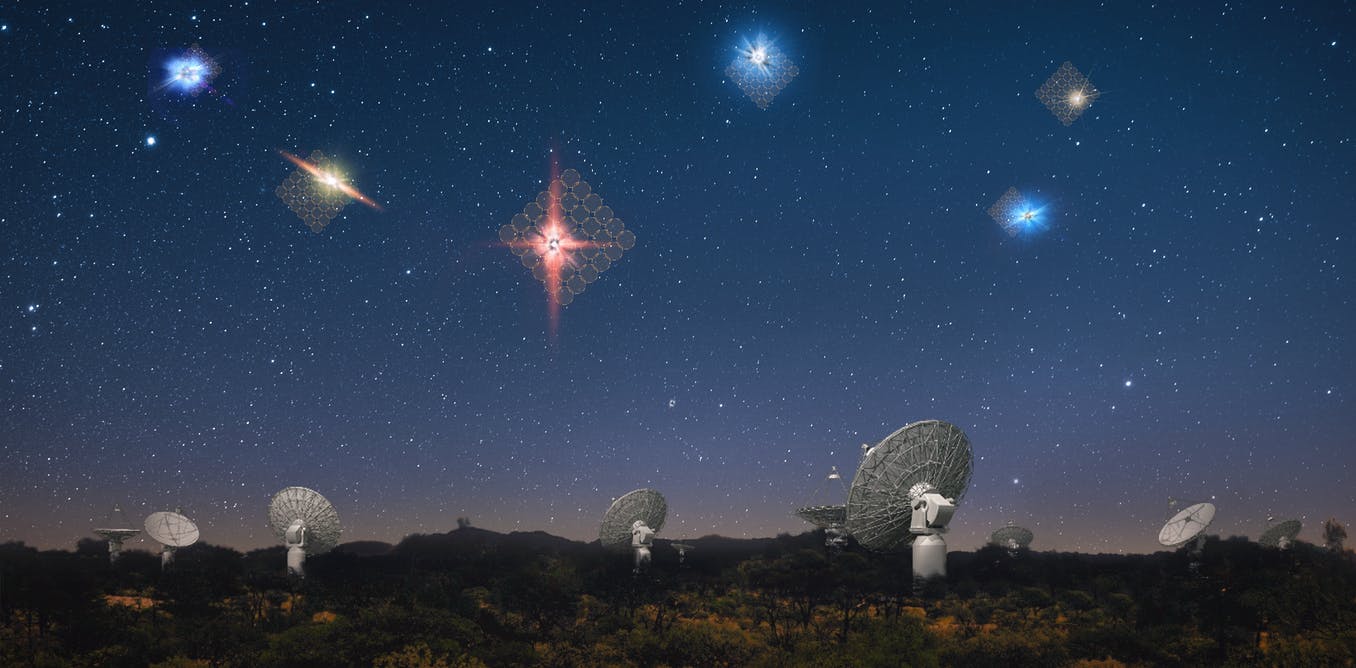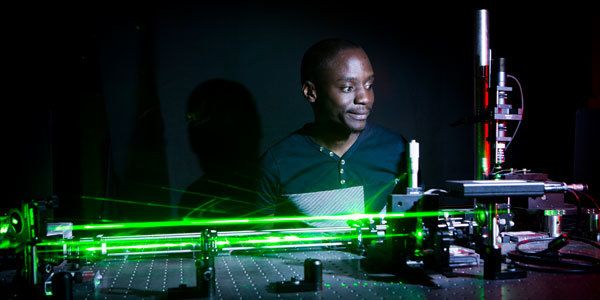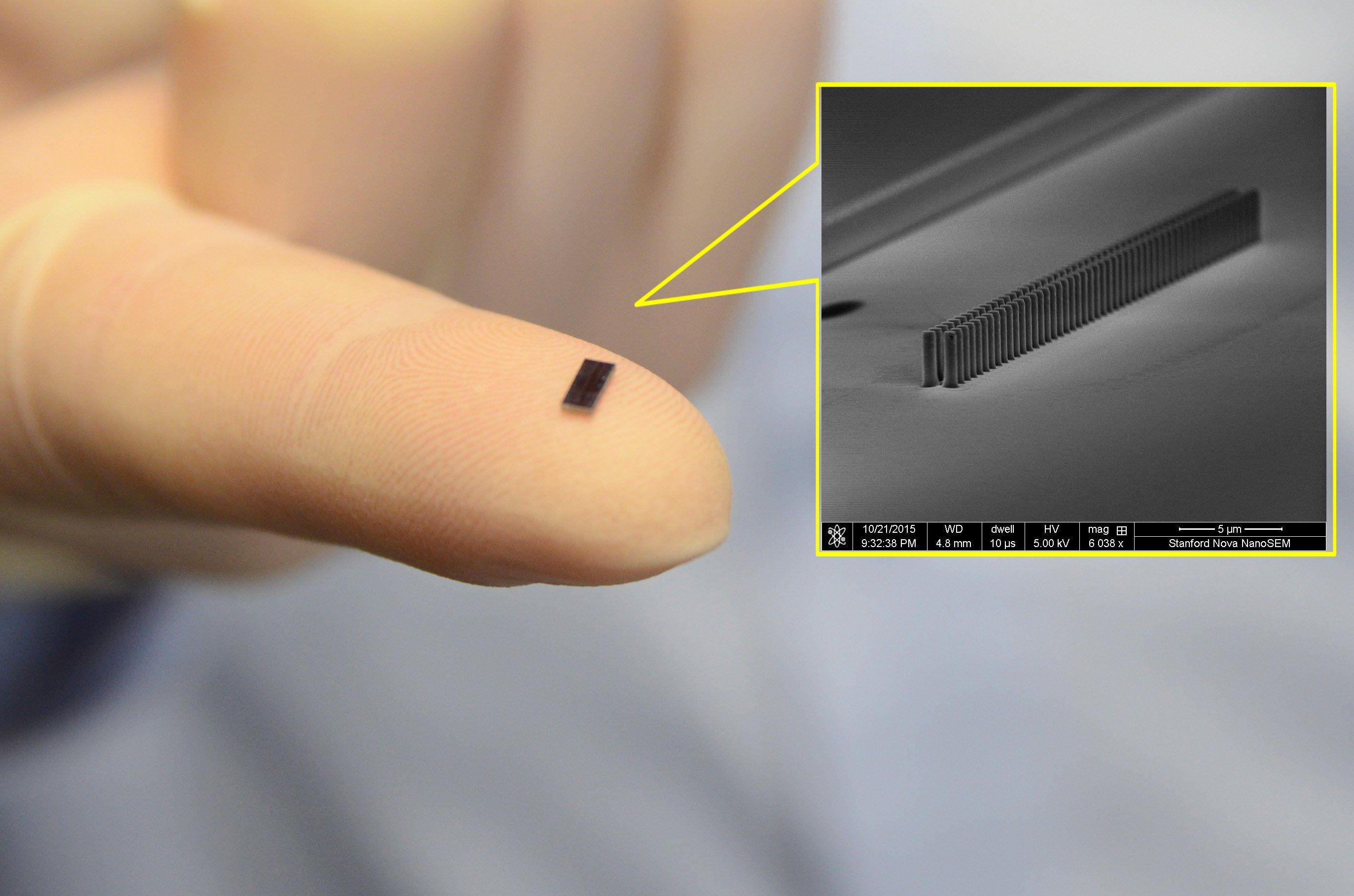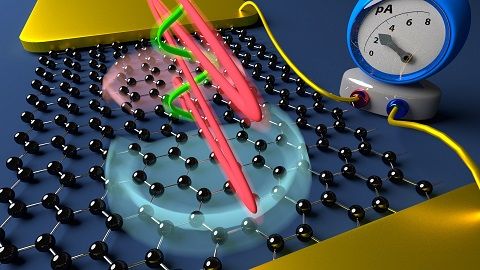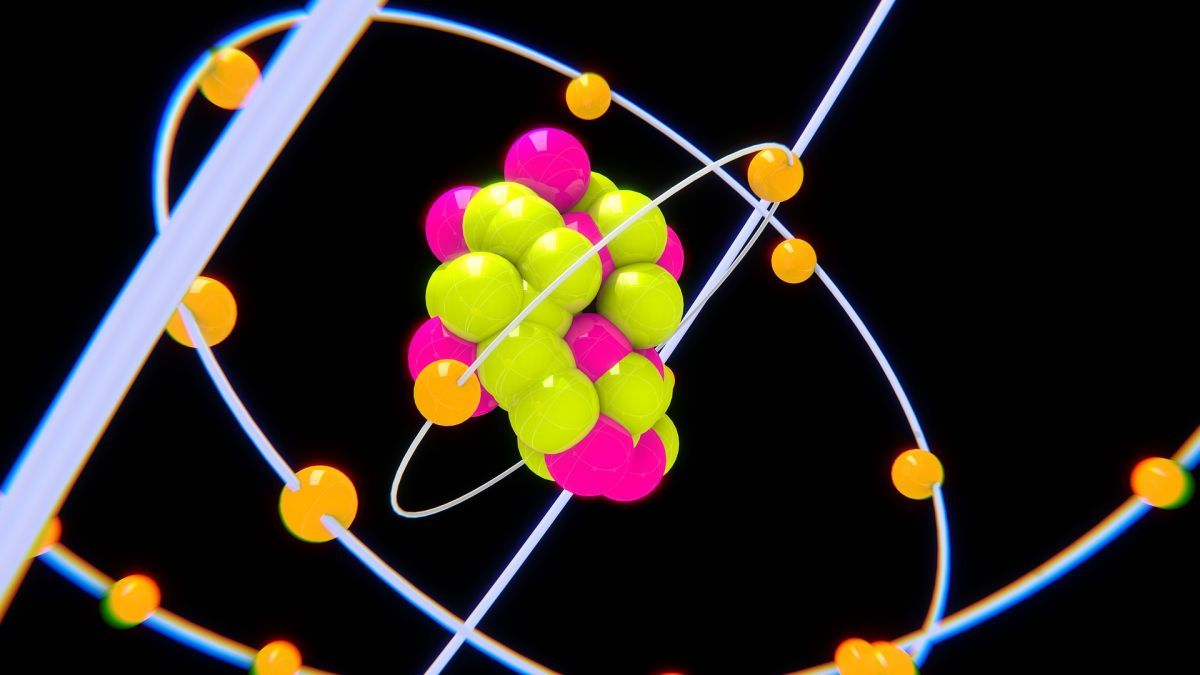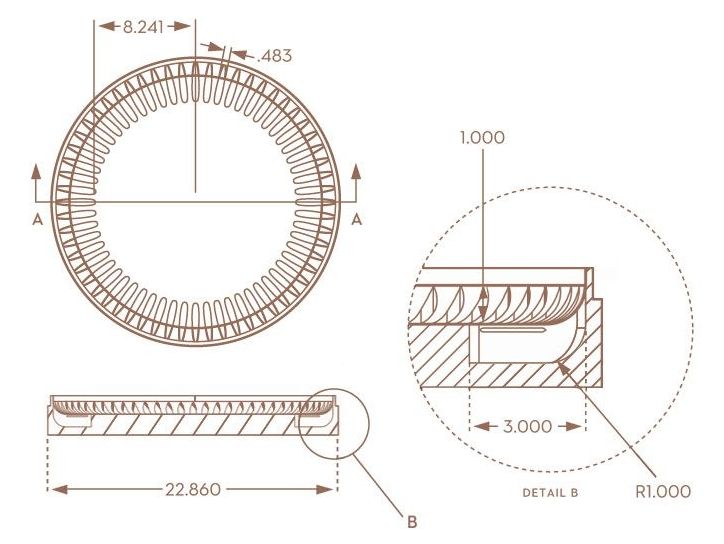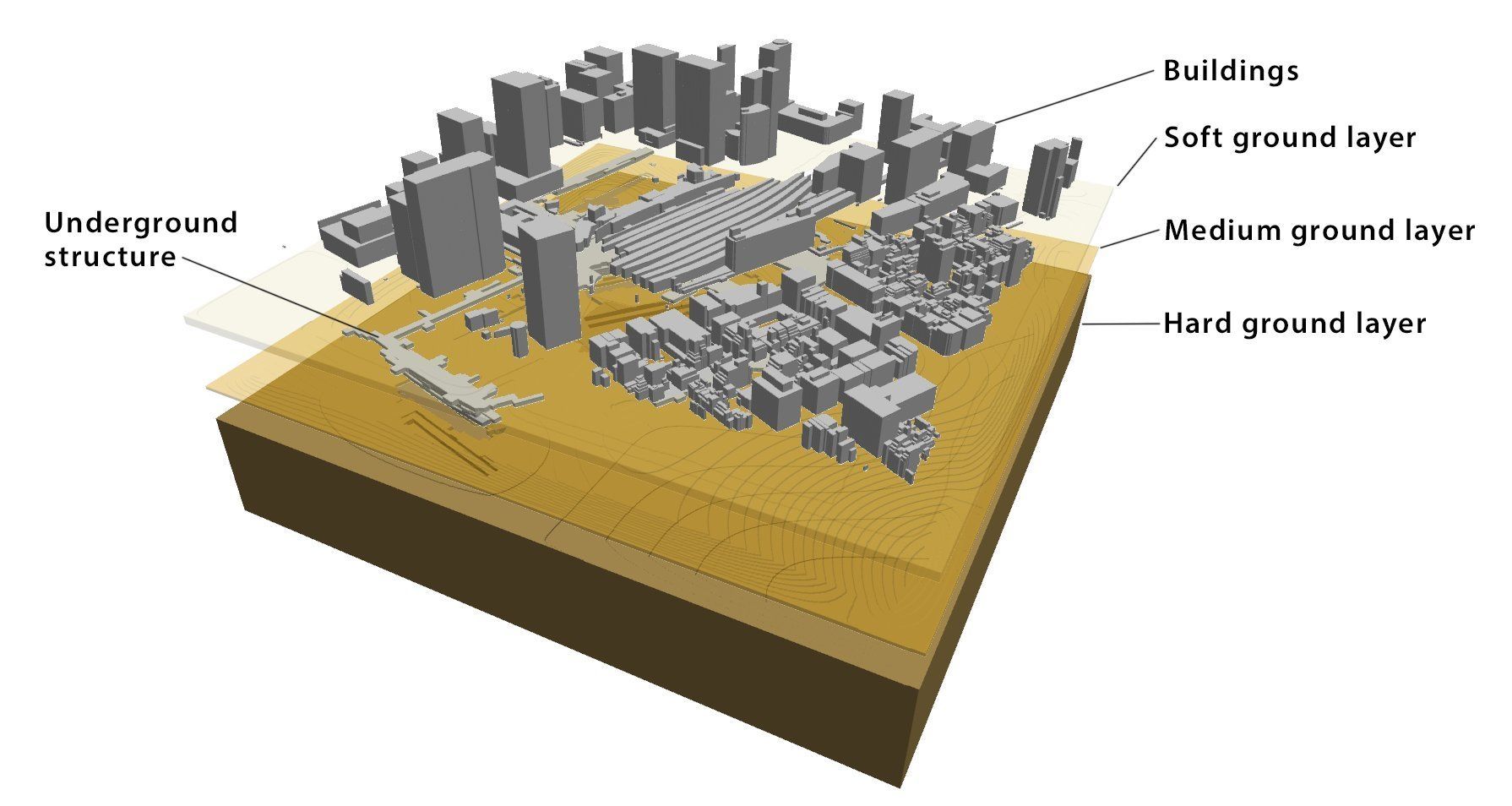All of these facts may make it sound as though scientists know a lot about Fast Radio Bursts. In reality, we don’t. For instance, though we know they’re not from our galaxy, we don’t know where exactly they come from. We don’t know what causes them. And we’re not sure whether they might be useful as cosmological standards to measure the large scale properties of our universe.
Dozens of theories about Fast Radio Bursts have been proposed. Some conform to standard physics. Others are more exotic, including cosmic strings – hypothetical, one-dimensional structures formed in the early universe – or even rather bizarre: one theory suggests that aliens are responsible.
Now, in an attempt to discover the truth about Fast Radio Bursts, we have created a catalogue that lists each theory, along with its pros and cons. Scientists from around the world can weigh in, and new data and discoveries will be added throughout the process.
